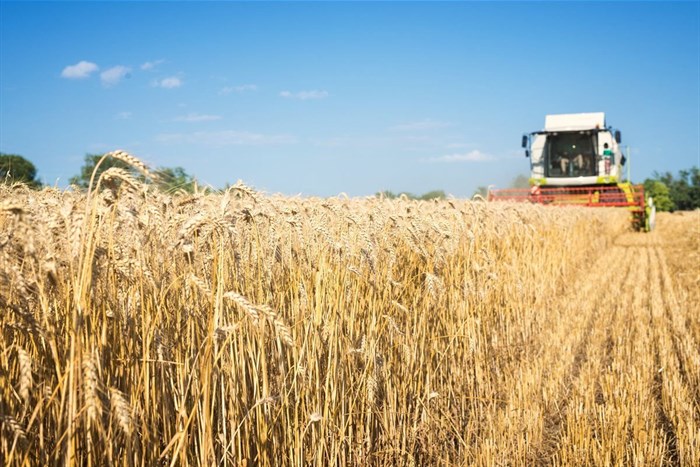Farmers get relief as diesel prices dip before summer crop harvest
The monthly fuel price update from the Department of Minerals and Energy came in with positive news for farmers as we enter the high activity period in the agriculture calendar.
Both winter crop planting and summer crop harvesting will require a significant amount of diesel for completion of operations and a reduction in costs bodes well for producer margins.
The resurgent rand exchange rate which offset the increase in crude oil prices in April relative to the previous months was the main catalyst in the recent contraction in domestic diesel prices. Obviously, the not-so-good news is that the rise in petrol prices by 37 cents respectively for all grades, will place consumers under huge pressure given the already high cost of living.

Source: aleksandarlittlewolf via
FreepikThe prices of the 0.05% and the 0.005% grades of diesel dropped by 74 cents and 48 cents per litre respectively from 3 May 2023 which will lower the cost of planting winter crops and harvesting summer grains and oilseeds in the near term.
Additionally, cost reduction will manifest in numerous ways such as the daily distribution of fresh produce, transportation of livestock and meat to markets, and running diesel generators to irrigate crops and maintain cold chains due to load shedding. Further positive news for the agriculture sector is that most international fertiliser prices have come off the 2022 highs with the di-ammonium phosphate (DAP), Urea, and potassium chloride (KCL) prices falling sharply by 33%, 66%, and 66% respectively year-on-year to US$637/ tonne, US$313.38/ tonne, and US$407.50/ tonne.
Further moderation in costs at the farm level coupled with a decline in commodity prices on the back of higher production bodes well for the food inflation which has been at a record high of 14.4% year-on-year recently. The elevated consumer price inflation outcomes prompted the Sarb to embark on an aggressive interest rate tightening cycle thus raising the debt-serving costs for farmers.
We expect food inflation to reverse course in the second half of 2023 which should provide a reprieve for consumers and potentially a pause to rate hikes.
About Paul Makube
Paul Makube is Senior Agricultural Economist at FNB.













































